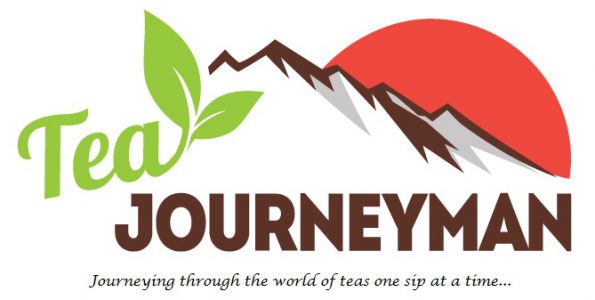The generous people at Nina’s Paris have kindly sent me a few more samples to review. Nina’s Paris is best known in France and around Europe for the fine flavored and blended teas that they create, as well as their jams. Nina’s Paris has been working diligently on entering the market in North America for their teas and jams, and I am happy to help them get some attention. You may find their newly designed website at http://www.ninasteastore.com/.
Nina’s Paris has an interesting history, which I covered briefly in a previous review of one of their products. What I did not cover before was the eye catching and beautifully designed packaging in which their products are sold. As a small scale tea purveyor, I observe with awe the luxurious design of the Nina’s Paris packaging.
Nina’s Paris also took 2nd and 3rd place at the 2014 Spring Hot Tea Class of the North American Tea Championship in the Flavored Green Tea category. The Balade A Shanghai received 2nd place honors, and the The des Muses received 3rd place honors. Needless to say that this is a great way to introduce themselves to the North American tea market.
Today’s review will focus on the Magicienne Green Tea. This is another flavored green tea, and one that sounded particularly exciting to me. Let the journey begin…

The dry tea leaves have a uniform fresh forest green color, with a few thin and twiggy brownish stems in the mix. The green tea appears to be sencha. There are also candied pineapple pieces and small coconut shavings in the mix. The tea leaves are small to medium fragments, and rolled in the typical sencha style. The aroma has scents of coconut, pineapple, sweet cream, and grass.
Ten grams of dry leaves were placed in a twenty ounce (590 ml) cast-iron teapot. Purified water was heated to 175°F (75°C). The leaves were infused for 2:00 minutes. This is my suggested at home brewing instructions also. Given the fact that this is a flavored green tea, I decided to steep this for best taste, and not necessarily to test the quality of the tea leaves themselves. The same serving of leaves may be steeped two or three times, with a lighter taste to be expected with each subsequent infusion.

The first infusion produced a liquor with a yellow-green color with a very slight haze, as is common with sencha green tea. The aroma has scents of coconut, pineapple, sweet cream, and fresh cut grass. The body is light-medium, with a smooth, velvety texture. The taste has notes of pineapple, coconut, and sweet cream, which blend very nicely with the naturally grassy and astringent character of the sencha. The aftertaste is sweet, lightly tart, and pleasantly astringent.

The infused leaves have a uniform dark forest green color, with the stems and twigs being light green to brown in color. The leaves are all small to medium sized fragments. The coconut shavings are pleasant to chew on, as well as the pineapple pieces. The aroma has scents of coconut, pineapple, fresh wet grass, and sweet cream. For those sencha and other Japanese tea lovers who eat the leaves after infusion, I do not think you will need any soy sauce with these leaves. They have a rather nice taste as they are.
It’s not often that I review flavored teas, but occasionally I find a tea brand that seems to have a more interesting strategy to flavoring their teas. Nina’s Paris is one of those companies who certainly have their own distinct philosophy to tea flavoring. The strategy that Nina’s Paris employs creates flavored teas that are very nicely balanced, original, and a pleasure to sip. If you have a taste for flavored teas, find the Nina’s Paris website above, and give them a try!
Thanks again to Nina’s Paris for providing this sample of Magicienne




































